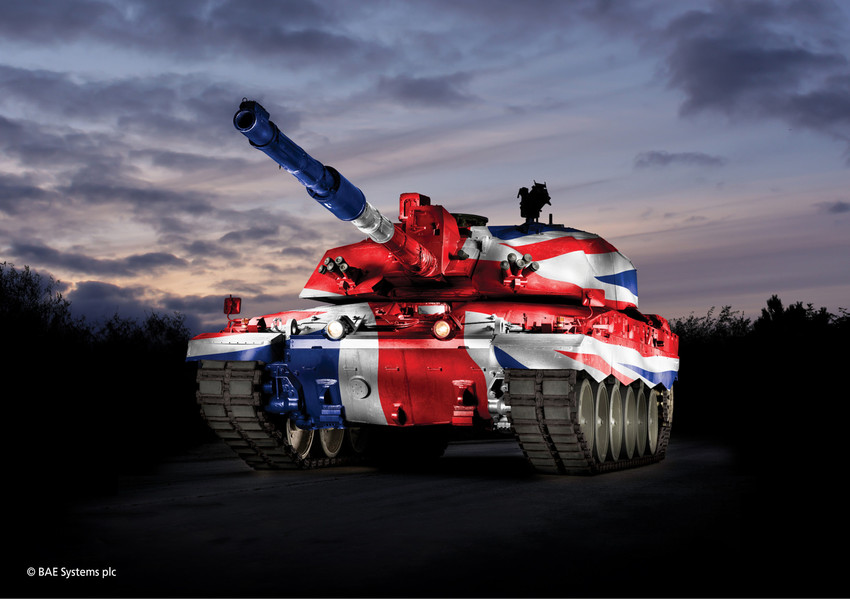Challenger 2: Life Extension Project
The Challenger 2 is the main battle tank in service for the British Army and was designed and manufactured by BAE Systems. This military beast has a 12-cylinder, 1,200hp Perkins CV12 diesel engine, which can propel the 62,500 kg tank up to 59 kph. As a modern tank the basis of the Challenger 2 began around 100 years ago, from the Mark IV which was used at the battle of Cambrai.
In a contract with BAE Systems, the Ministry of Defence is extending service of these tanks until 2035. Under the ‘Life Extension Project’ by BEA systems, updates to this tank will create the Challenger 2 Mark 2. Just some of the proposed changes include upgrades such, increased survivability, improvements to the gun control equipment and a new thermal imaging system.
We spoke to former tank commander and team leader for the Challenger 2 Life Extension Project, Simon Jackson who has witnessed first hand the transformative growth of these armoured giants. Jackson says, “I did all the trials for Challenger 2 originally, so I have an intimate understanding of the platform and how it’s used, and what needs to be done to it.”
What has been developed to produce the Challenger 2 from the Mark IV?
“For any main battle tank, it’s about a balance of firepower, protection and mobility. The Mark IV was based really around mobility to get across trenches; therefore it had to have some protection. They gave it some firepower to fire into the trenches as they drove over them, but addressing that capability balance between firepower protection and mobility has been a constant development of the last 100 years.”
What are the objectives or aims moving on in development?
“The emphasis is between firepower, protection and mobility changes over the years and there is another couple of factors that have been brought in. We are talking about the balance of firepower, protection and mobility AND fire control communication and information.
What we are doing in Challenger 2 is delivering the optimal capability balance between those five factors and as part of that the emphasis between the three has changed in a 100 years. Now the focus is much more on firepower, and clearly because its firepower everybody is trying to improve firepower with greater emphasis on protection.
The objective for project is to deliver a Challenger 2 Mark 2 as an upgraded Challenger. Our solutions will enable is the UK MOD to add capability in the future as well, for example if the MOD wants to add defence aids systems then our architecture, that we are delivery with the Mark 2, will enable that.”
At what stage is the Life Extension project?
“We are in the design phase now. We are putting in the latest technology sighting systems, the latest fire control and weapon control systems. We are upgrading fire control, that’s the fire control computer and the weapons control systems that align the target. Also a new electronic architecture which will be brought across from the Abram vehicle from general dynamics, and the electronic architecture provides the backbone of the system of transferring data and information around the platform.”
For more science and technology articles, pick up the latest copy of How It Works from all good retailers or from our website now. If you have a tablet or smartphone, you can also download the digital version onto your iOS or Android device. To make sure you never miss an issue of How It Works magazine, subscribe today!
Other articles you may like:





